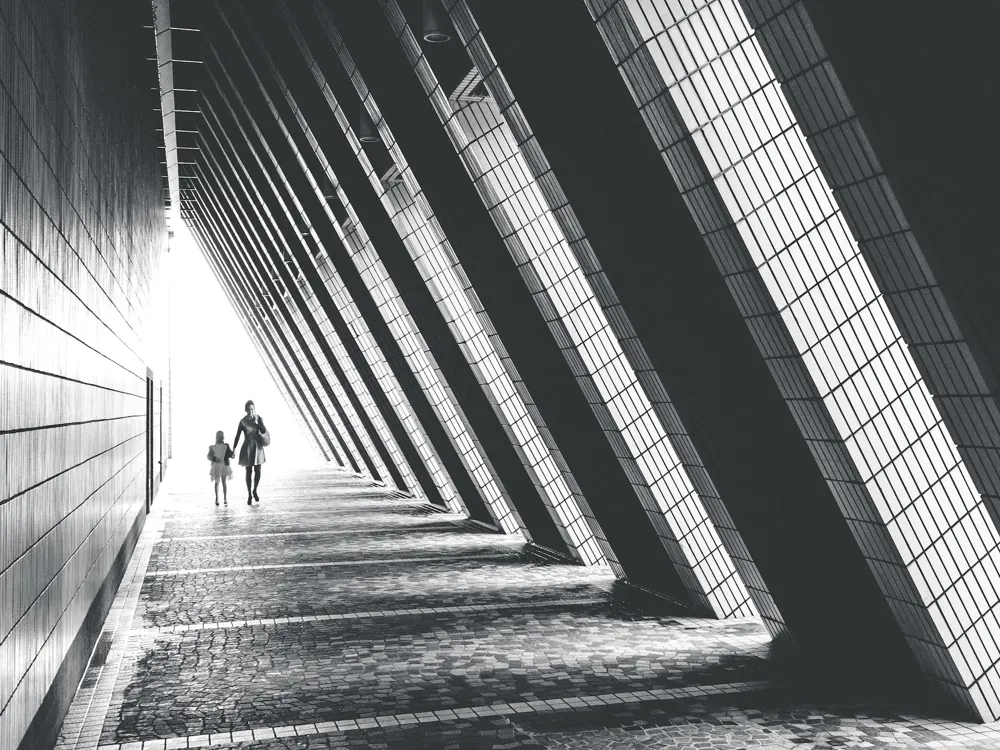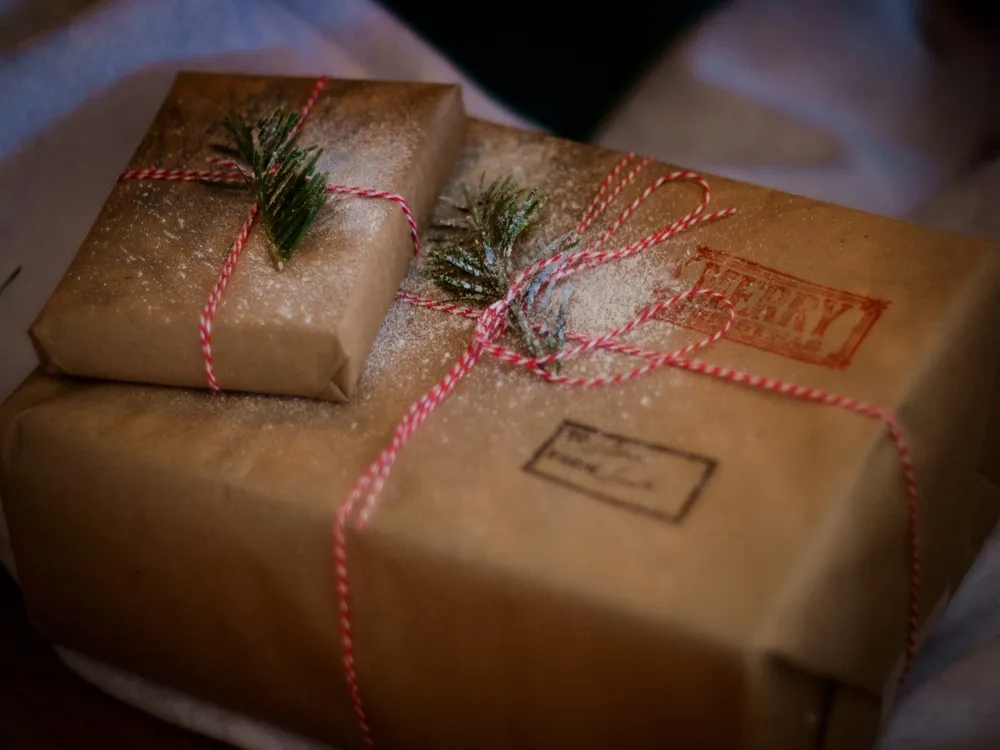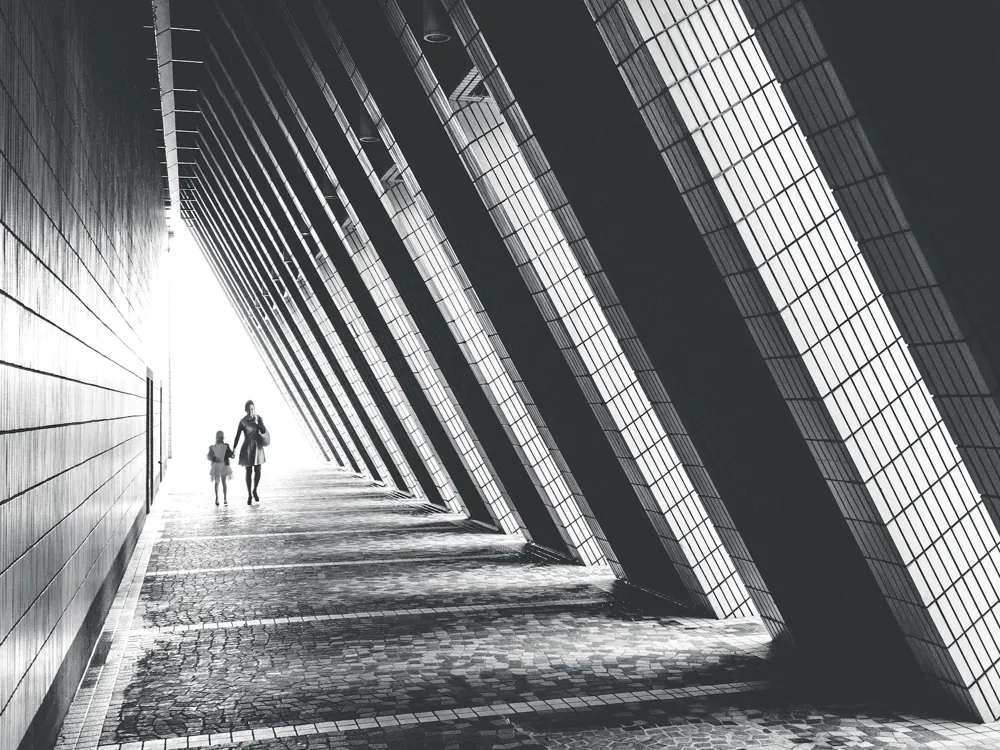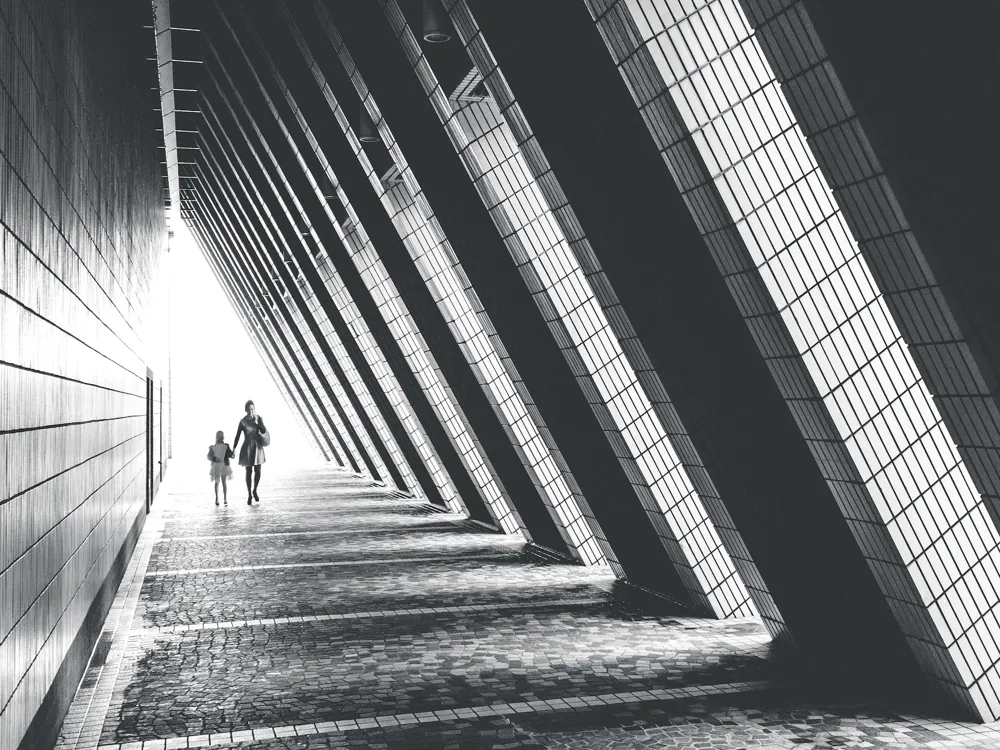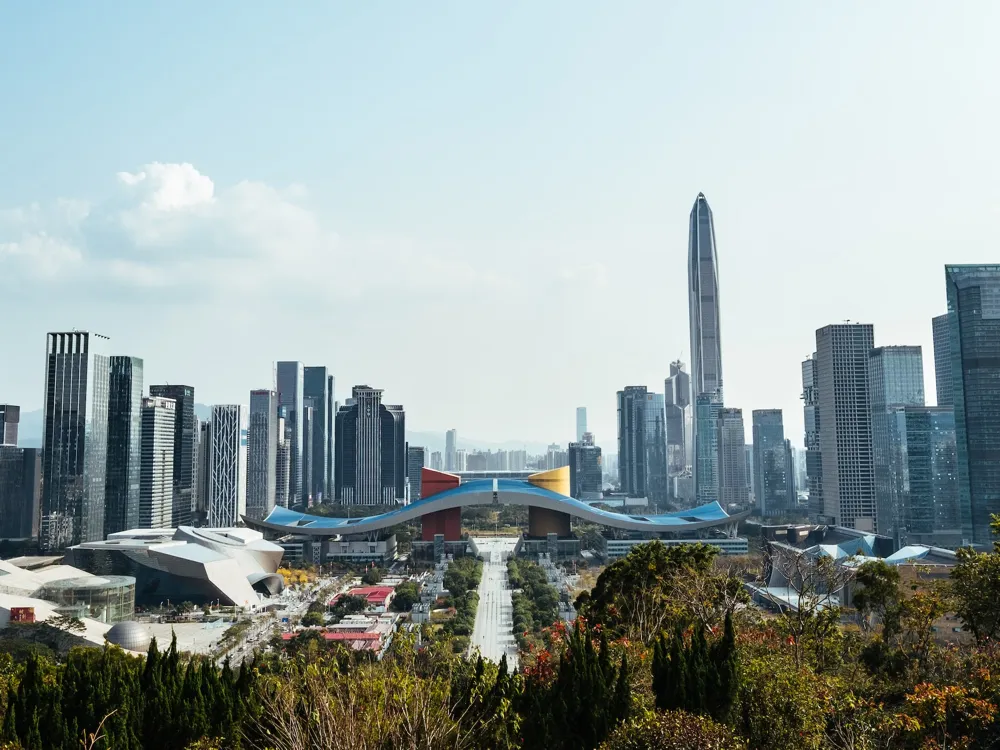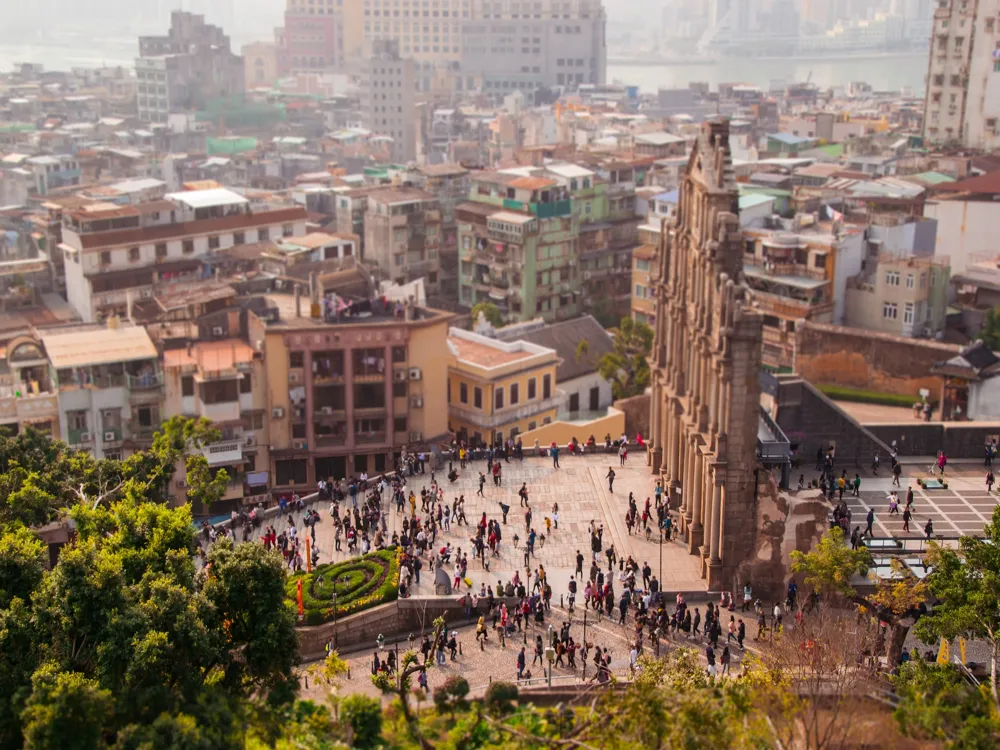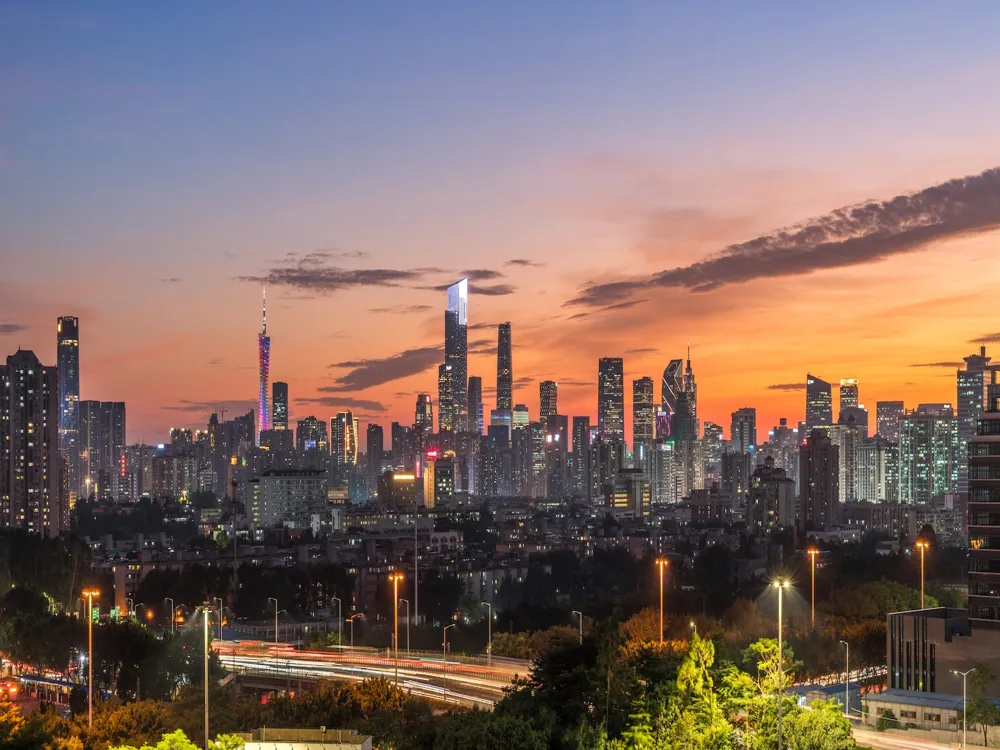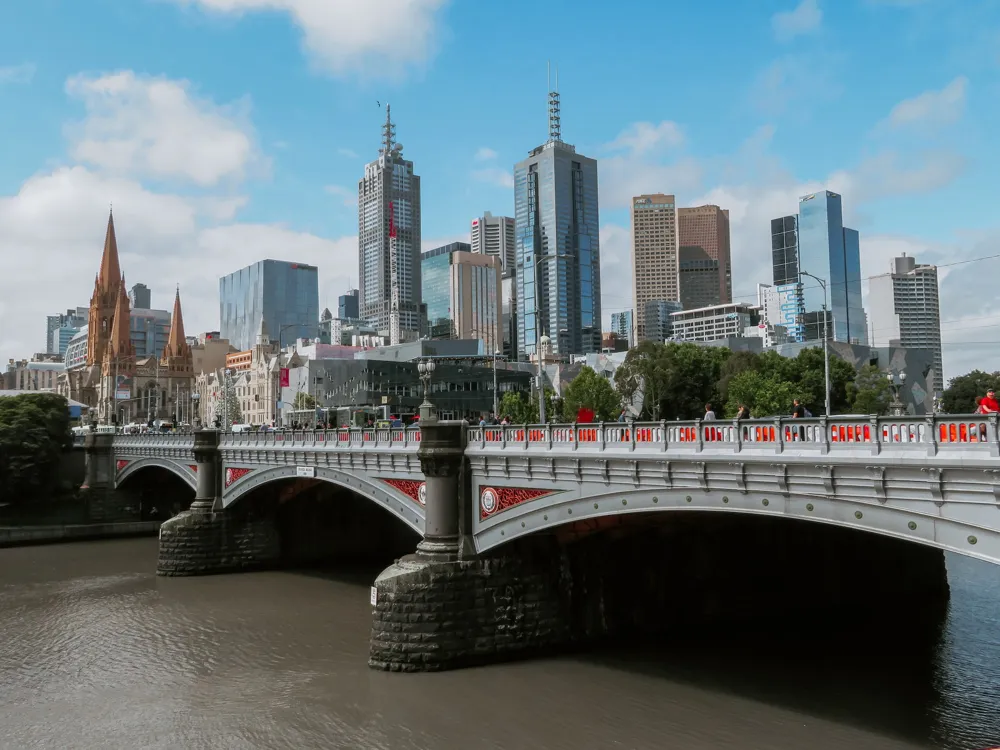The Ching Ming Festival, also known as Qingming, is one of the most significant and culturally rich festivals celebrated in Hong Kong. This annual event, which typically occurs in early April, is a time for families to come together and honor their ancestors. It is deeply rooted in Chinese tradition and has been observed for thousands of years, blending ancient customs with modern practices. At its core, the Ching Ming Festival is about remembrance and respect. It's a day when people visit the gravesites of their ancestors to clean the tombstones, offer food, tea, and wine, and burn incense and joss paper. These rituals are more than mere acts of maintenance; they represent a deep connection to the past and a way to bridge the gap between the living and the departed. The festival is also a time for outdoor activities, as families take advantage of the spring weather to enjoy nature, often engaging in kite flying and spring outings. While deeply traditional, the Ching Ming Festival in Hong Kong also reflects the city's unique character. It merges age-old customs with the fast-paced, modern lifestyle of Hong Kong, resulting in a festival that is both reverent and vibrant. This blending of the old and the new makes the Ching Ming Festival a fascinating event for both locals and tourists alike, offering a glimpse into the rich tapestry of Chinese culture and its enduring influence on Hong Kong society. The architecture of the Ching Ming Festival in Hong Kong is a remarkable aspect that adds depth and meaning to this traditional celebration. The festival's architecture is not about buildings or structures, but rather about the spatial and ritual arrangements that take place during the event. This includes the layout and design of cemeteries, the arrangement of altars and offerings, and the various symbolic structures used in the rituals. Cemeteries in Hong Kong during Ching Ming are sights to behold. They are usually situated on hillsides, following the traditional Chinese feng shui principles, which believe in harmonizing individuals with their surrounding environment. The graves are carefully arranged and often feature intricate tombstones with detailed engravings and calligraphy, reflecting the status and achievements of the deceased. During Ching Ming, these tombstones become the focal points of the festival, adorned with fresh flowers, food offerings, and incense sticks, creating a visually striking and emotionally charged atmosphere. The ritual spaces created for Ching Ming are equally important. Temporary altars are set up near the gravesites, where families lay out offerings of food, paper money, and other items. These altars are not just physical structures but are laden with symbolism, representing the connection between the living and the dead. The use of joss paper, or 'ghost money', is particularly significant. These paper items, often crafted to resemble money, clothes, and other worldly goods, are burned as offerings to the ancestors, symbolizing the transfer of these goods to the afterlife. Another architectural element during Ching Ming is the use of paper effigies and models. Families often burn paper replicas of houses, cars, and other luxury items, a practice that underscores the blend of traditional beliefs and modern life in Hong Kong. This practice shows how traditional rituals have evolved to stay relevant in today's world, with these paper offerings reflecting contemporary desires and aspirations. When attending the Ching Ming Festival, it's crucial to show respect for local customs and traditions. This includes dressing modestly, speaking softly, and behaving in a manner that is considerate of those around you who are paying respects to their ancestors. Ching Ming is a popular time for locals to visit cemeteries, so expect crowds. Plan your visit early in the morning or on weekdays to avoid the busiest times. Also, check the weather forecast and dress appropriately, as you will likely be outdoors for an extended period. Public transportation is usually the best way to get to the cemeteries during Ching Ming. Consider using the MTR (Mass Transit Railway) and buses, as parking can be limited near the cemeteries. Be prepared for extra travel time due to the increase in passengers during the festival. If you're not familiar with the rituals of Ching Ming, take some time to learn about them before your visit. Understanding the significance of the offerings and the cleaning of the tombstones can enhance your appreciation of the festival. While photography is generally acceptable, it should be done discreetly and respectfully. Avoid taking pictures of people mourning or of private ceremonies unless you have permission. Reaching the Ching Ming Festival in Hong Kong is relatively straightforward, given the city's efficient public transportation system. The most common way to get to the cemeteries where the festival is observed is by using the MTR, Hong Kong's rapid transit railway system. The MTR provides convenient access to most parts of the city and is known for its reliability and frequency. Additionally, during the Ching Ming Festival, special bus services are often arranged to accommodate the increased number of visitors to the cemeteries. For those preferring a more private mode of transport, taxis are widely available, though it's advisable to plan for potential traffic delays due to the festival's popularity. Read More:Overview of the Ching Ming Festival of Hong Kong
Architecture of Ching Ming Festival
Tips When Visiting Ching Ming Festival
Respect Local Customs and Traditions
Plan Your Visit
Transportation Tips
Understand the Rituals
Photography Etiquette
How To Reach Ching Ming Festival
Ching Ming Festival
Hong Kong
NaN onwards
View hong-kong Packages
Hong-kong Travel Packages
View All Packages For Hong-kong
Top Hotel Collections for Hong-kong

Private Pool

Luxury Hotels

5-Star Hotels

Pet Friendly
Top Hotels Near Hong-kong
Other Top Ranking Places In Hong-kong
View All Places To Visit In hong-kong
View hong-kong Packages
Hong-kong Travel Packages
View All Packages For Hong-kong
Top Hotel Collections for Hong-kong

Private Pool

Luxury Hotels

5-Star Hotels

Pet Friendly







